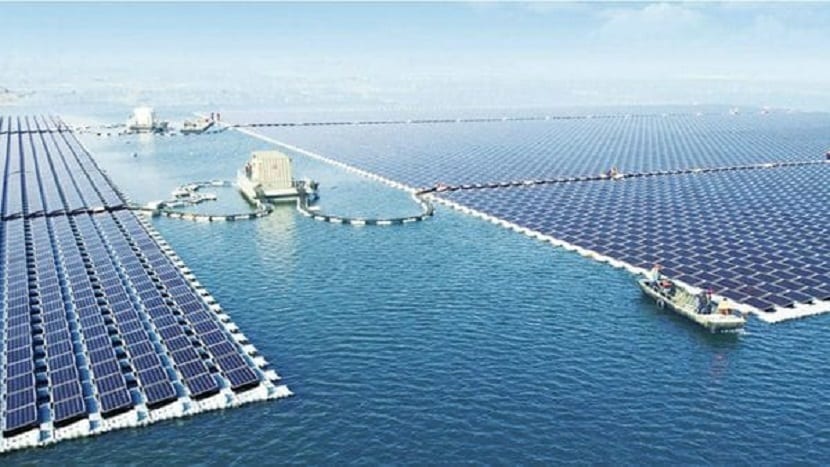
Our planet receives from the Sun an amount of energy equivalent to 89.000 terawatts (TW, one trillion watts), a figure that is six thousand times greater than the energy consumed worldwide, which is estimated at about 16 TW.
In fact, even potential wind power alone could supply almost 25 times more electricity (370 TW) than the world needs. It has been calculated that with six large solar parks strategically placed (located in such a way that at least one of them receives direct sunlight at all times) it could be obtained enough electricity to meet global demand.
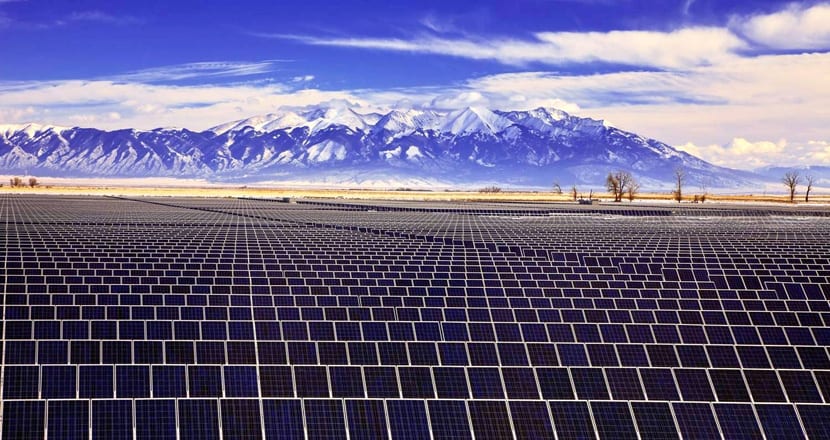
In recent years, the renewable energy industry has grown exponentially, although far from that approach and developed in a more realistic, distributed way. The area of land occupied by solar and wind installations continues to grow and this requires proposing new formulas, especially in regions and countries with less available surface. In general, renewable energy sources occupy proportionally much more space than conventional energy sources; especially when compared to nuclear or thermal energy.
Floating solar plants
Floating solar plants are one of the new formulas that have begun to be developed in recent years. Its approach is similar to that of the offshore wind farms (offshore), which are also increasingly common.
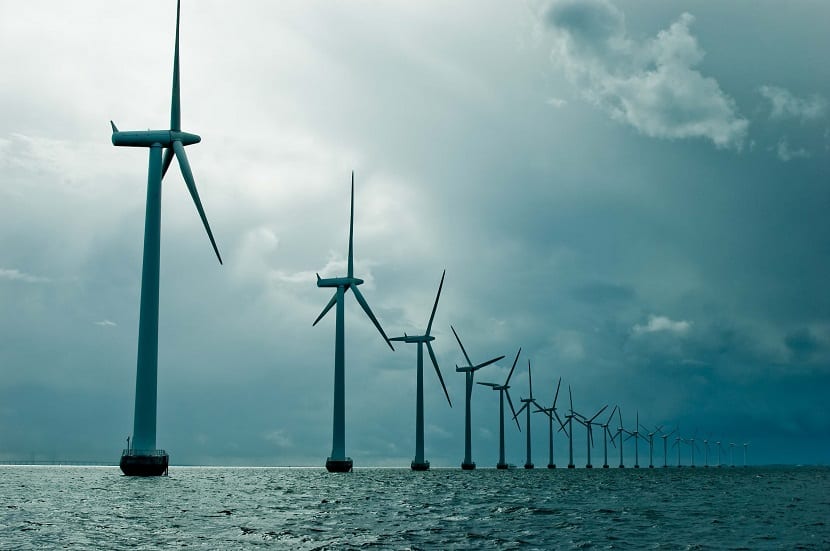
Installing wind turbines offshore has several advantages. The most obvious is that his presence it does not affect the landscape. Furthermore, at sea, wind turbines can be smaller and taller and at the same time be as efficient as or more efficient than their counterparts on land due to the fact that in general the roughness of the sea is less than that of flat terrain.
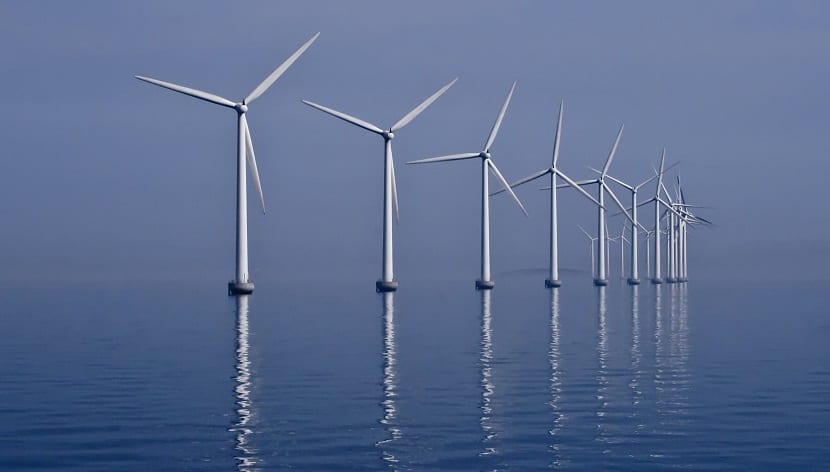
Roughness refers to obstacles (such as vegetation, human constructions, or natural irregularities in the environment) that affect air movement, which is the reason why wind turbines on land tend to have a considerable height. The roughness of the sea is increased when there is waves, but apart from that in the open sea the wind hardly encounters obstacles in its path.
These advantages are also applicable to floating solar plants, they take advantage of surfaces to which they are not being used: such as the open sea, lakes without ecological value or dammed water to produce electricity through hydroelectric plants.
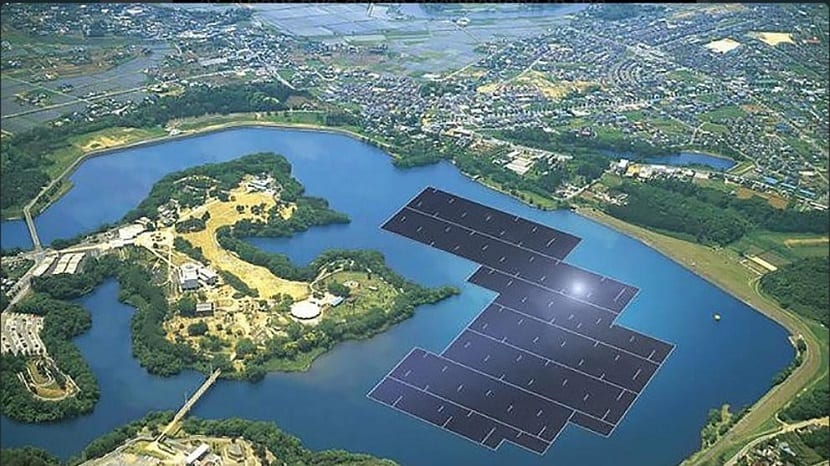
Advantages of floating solar parks
The floating solar plant has several advantages: its position on the water on the one hand reduces evaporation, while on the other the cooler environment improves the performance of the panels and makes their maintenance easier.
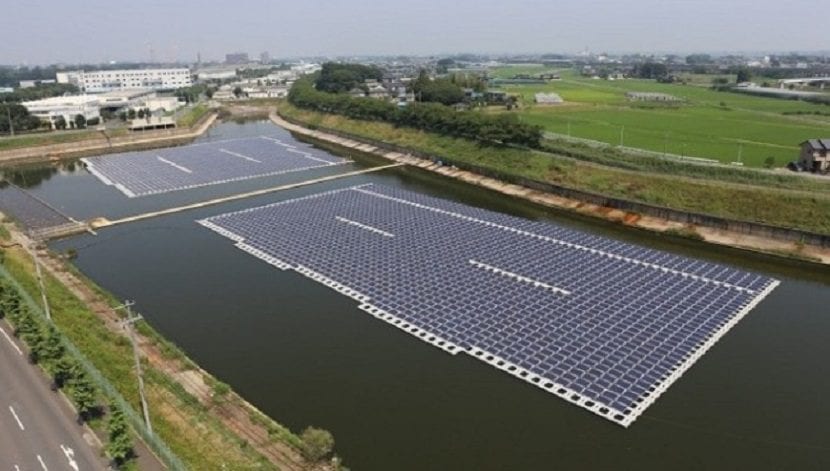
In China, one of the most polluted countries in the world, authorities are taking action to phase out fossil fuels and replace them with renewable energies, such as the imaginative "floating solar plant" solution. The government promised to increase them by 20% in the coming years.
China urgently needs to modify its energy policy if it wishes to definitively solve the environmental problems going through. A report prepared by the Chinese Ministry of Environmental Protection, in collaboration with the UN, estimates that 90% of the watercourses in urban areas of the country they are contaminated and that air pollution contributes to the premature death of 1,2 million people a year.

According to data from Greenpeace East Asia in the country about 200 million people are subject to extremely dangerous levels of pollution.

For this reason, China, the world's leading emitter of greenhouse gases, adopted a new pollution tax, although, however, it does not include carbon dioxide emissions (CO2).
Challenges of floating solar parks
Large waves are the most obvious threat to offshore floating solar plants. But also the saltpeter and corrosion by sea salt they represent a significant inconvenience.
The problem of waves is reduced with floating facilities located in natural or artificial bays and harbors. The floating solar panel models that are being developed and those that have already started to be used can support variations in the height of the sea surface of up to 10 meters, waves of up to 2 meters and winds of up to 190 km / h.
But the saltpeter present in the air near the sea can cause damage to the metallic structures to which it adheres and to the solar panels, reducing its efficiency and its useful life.
According to various manufacturers, Any infrastructure that is installed of this type has to withstand corrosion caused by salt and nitrate, including solar panels and wind turbines. However, “apparently most conventional solar panel manufacturers they are not sure if they can still offer such guarantees if the panels are installed in the sea ”.
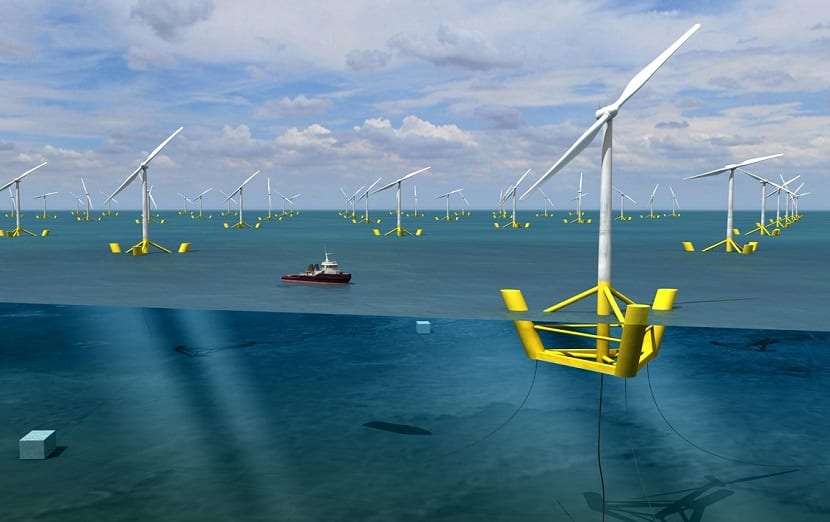

It strikes me that there is no mention in your article about the effect of solar panels on marine life. If you know any article about it, it would be great to read it. Thank you.